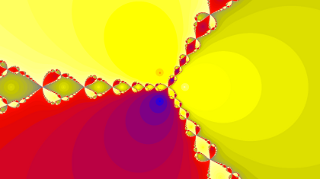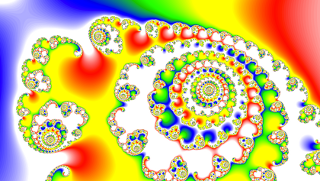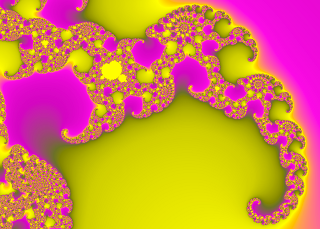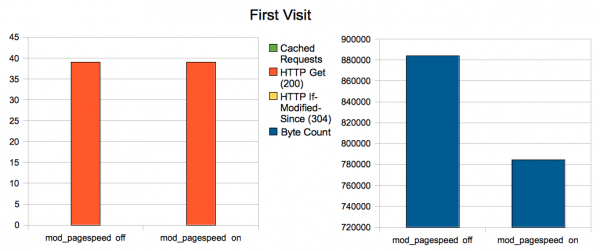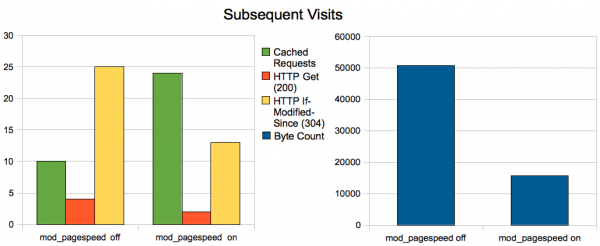Today, we launched Julia Map on Google Labs, a fractal renderer in HTML 5. Julia sets are fractals that were studied by the French mathematician Gaston Julia in the early 1920s. Fifty years later, Benoît Mandelbrot studied the set z2 − c and popularized it by generating the first computer visualisation. Generating these images requires heavy computation resources. Modern browsers have optimized JavaScript execution up to the point where it is now possible to render in a browser fractals like Julia sets almost instantly.
Julia Map uses the Google Maps API to zoom and pan into the fractals. The images are computed with HTML 5 canvas. Each image generally requires millions of floating point operations. Web workers spread the heavy calculations on all cores of the machine.
We hope you will enjoy exploring the different Julia sets, and share the URLs of the most artistic images you discovered. See what others have posted on Twitter under hashtag #juliamap. Click on the images below to dive in to infinity! (Supported on Chrome 8, Firefox 3.6, Safari 5 and above).
Posted by Daniel Wolf, Software Engineer
